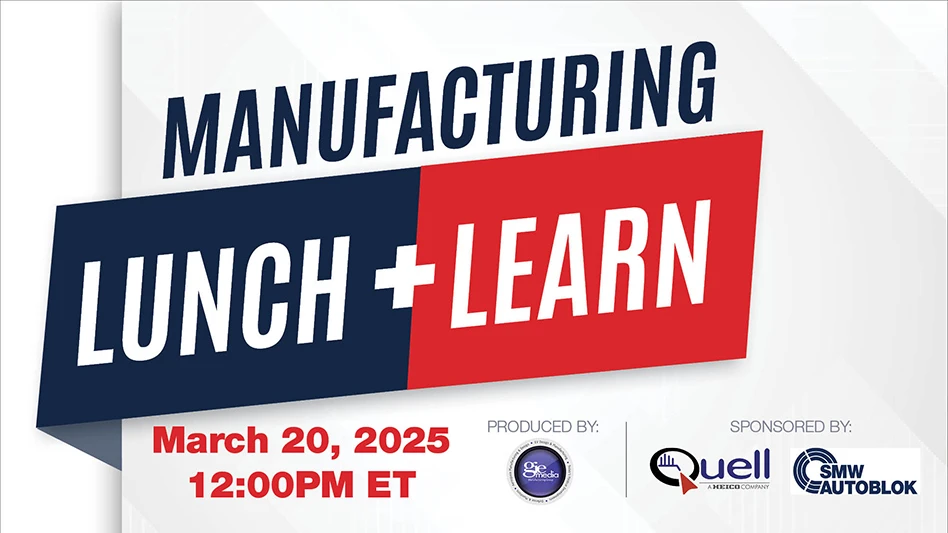The Ultem 9085 Type I database for fused deposition modeling (FDM) additive manufacturing (AM) will further use of Type I certified material for aircraft interior components.
The database was developed from an America Makes applied research and development (R&D) project, “High-Performance Additive Manufactured Thermoplastics,” led by rp+m, in conjunction with Stratasys Inc., Wichita State University - National Institute for Aviation Research (NIAR) and the National Center for Advanced Material Performance (NCAMP), and Lockheed Martin Missile and Fire Control, with NIAR research funding from the Federal Aviation Administration (FAA).
“The project examined an extensive and comprehensive set of machine process controls to understand and measure variability,” says Tracy L. Albers, Ph.D., president and CTO, rp+m. “It yielded the first, public database of its kind to enable the widespread use of additive technologies in aircraft interior production. Aerospace engineers have an understanding of how to design for AM and specify AM as a manufacturing tool, as well as the assurance that the first AM part and the last AM part are indistinguishable.”
Ultem 9085 resin is a polyetherimide high-performance thermoplastic material with a high strength-to-weight ratio and flame, smoke, and toxicity (FST) rating. It is used in applications needing a high-strength thermoplastic material.

Elastomers for 3D printers
TPU 92A elastomers for Stratasys FDM and PolyJet machines meet requirements for high part elongation and toughness. They offer manufacturers higher levels of elasticity and durability with true soluble support – while advanced colors for PolyJet enhance realism in prototyping.
With these elastomers, customers can produce parts with stretching or compressing without losing shape. Hands-free soluble support reduced production time and labor costs.
Metal 3D printing service bureau to reach $6.7 billion
SmarTech’s metal 3D printing report projects that the revenues from metals service bureaus will reach $6.7 billion by 2023 and then almost double by 2027.
Metal service bureaus will buy almost $550 million in printers by 2023, most of which will be powder bed fusion (PBF) machines. Also, in 2023, AM service bureaus will consume more than $250 million in metals.
For the full report, visit https://tinyurl.com/ya634ztr.
Concept Laser M line systems ready for Q2 delivery

The first Concept Laser M line factory systems, which include laser processing and material handling stations, will be delivered to customers in Q2 2019.
The modular machine architecture with automation offers scalable series production on an industrial scale.
Part production, setup, and dismantling will occur in two independent machine units. The units can be operated separately or combined, enabling production processes to run in parallel rather than sequentially, reducing downtime and increasing output.
The system automates upstream and downstream production processes and interfaces to manufacturing automation, interlinking, and digitization.

Explore the March 2019 Issue
Check out more from this issue and find your next story to read.
Latest from Aerospace Manufacturing and Design
- Electra reaches 2,200 pre-orders for its Ultra Short aircraft
- Heule's DL2 tooling for deburring of small bores
- Ralliant to establish global headquarters in North Carolina
- Philatron MIL-DTL-3432 military cables
- Beyond Aero refines its hydrogen-electric light jet
- Americase's advanced protective solutions
- Social media - what are your thoughts
- GE Aerospace secures Air Force engine contract





